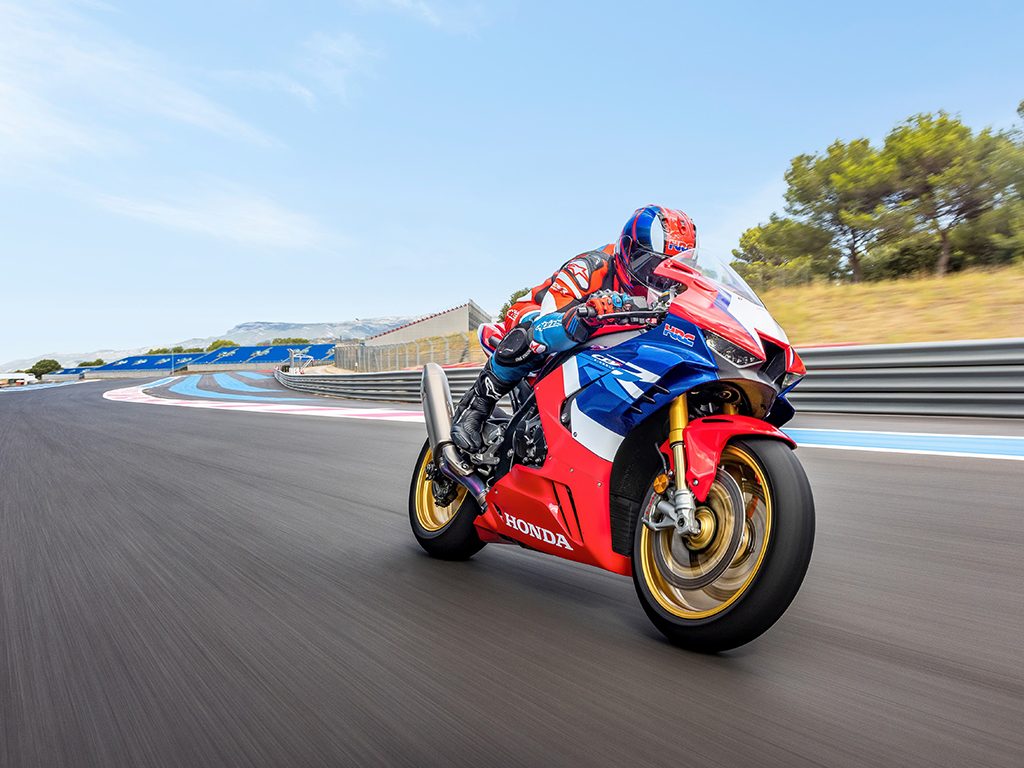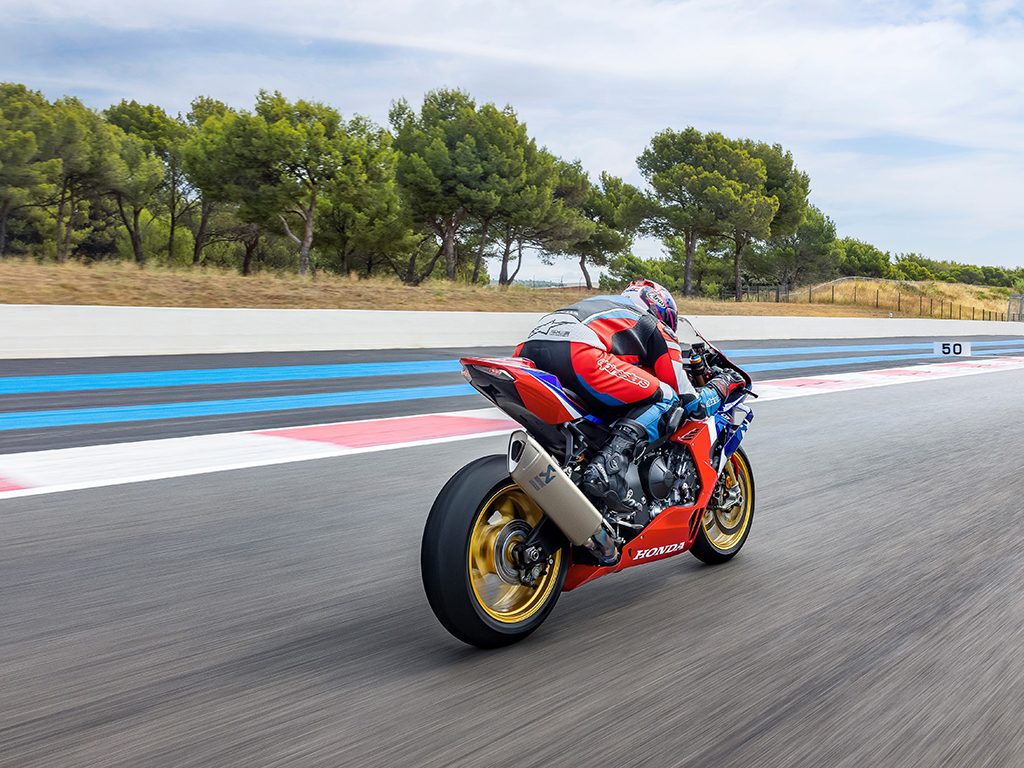Honda’s Fireblade arrived on the scene in 1992 and now, almost 30 years on, it is set for another refresh, an update on the major overhaul that took place last year. What was once a rapid street machine is now highly track focused.
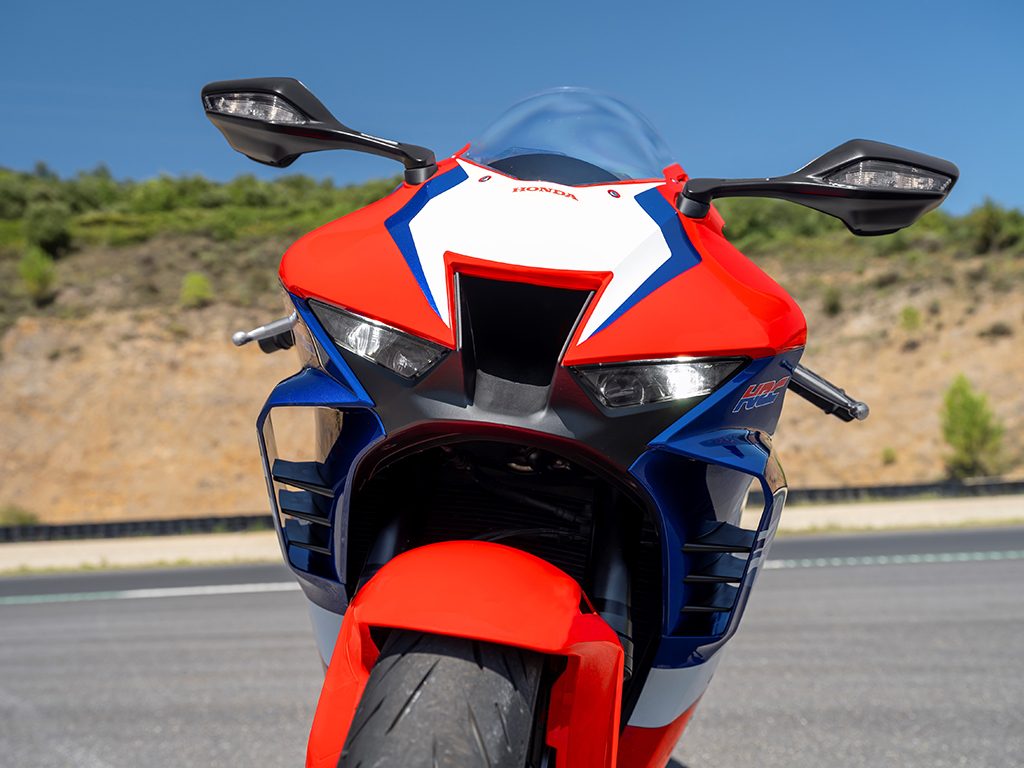
The new models, CBR1000RR-R Fireblade and Fireblade SP, were heavily influenced by development of the RC213V-S ‘street-legal MotoGP machine’. So there’s a bit of Marc Marquez in every one. But because they use so many parts from that MotoGP-derived bike, these machines that aim to be race winners, will not be cheap, with sticker prices around the $50k mark. A special CBR1000RR-R Fireblade SP 30th Anniversary will also be available with a paint option that harks back to the original 1992 design.
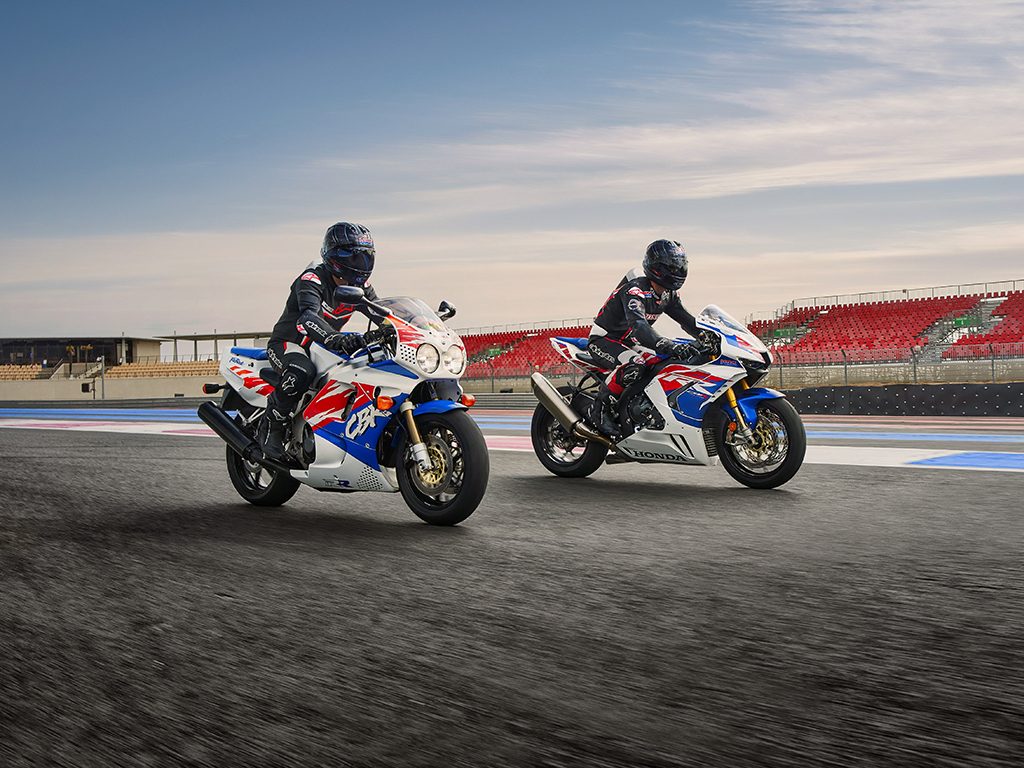
The Fireblade enters its fourth decade next year and for 2022 some key updates have been incorporated, said to improve corner-exit acceleration and braking. At the heart of the latest Fireblade is a 160kW (215bhp) IL4 that also creates 112Nm of torque at 12,500rpm. Peak power is on tap at 14,500rpm and 0-100km/h takes a claimed 3.0sec. Helping is a launch control system for optimum race starts.
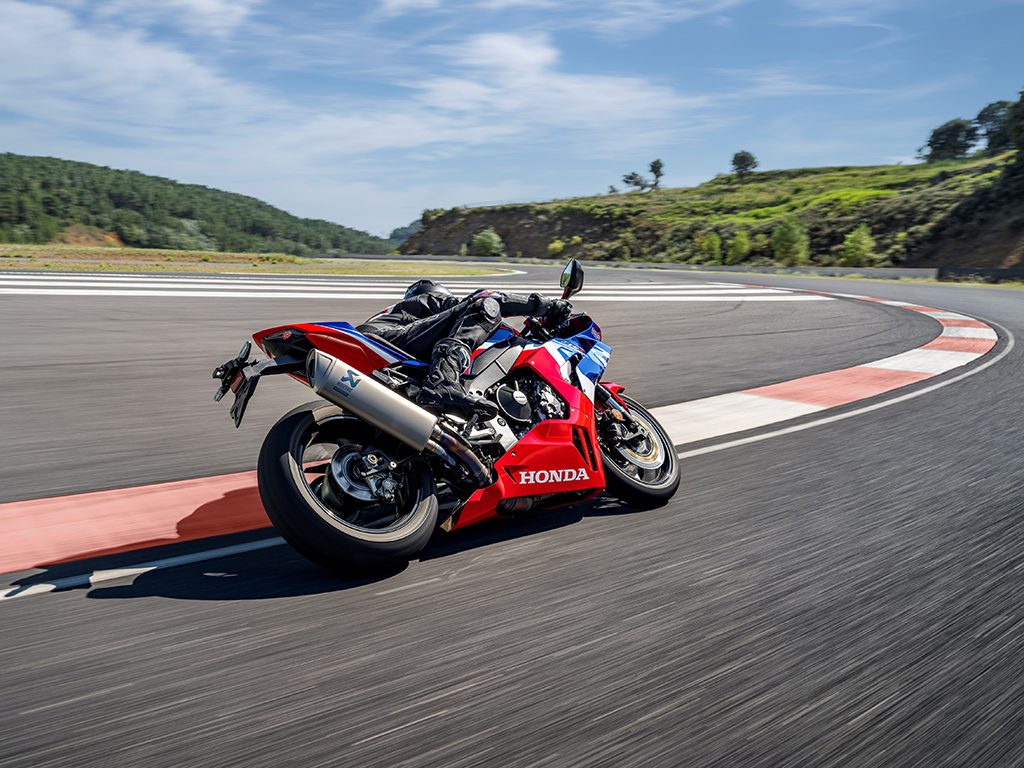
The engine utilises the same bore and stroke as the RC213V-S. Its 4-2-1 exhaust downpipe is oval shaped and the titanium end-can was developed in conjunction with Akrapovic. A whole host of MotoGP tech has gone into the engine, much of it used for reduced component weight or friction, and enhanced durability.
To improve drive out of corners, the rear sprocket has been changed from 40 to 43 teeth, upping acceleration through the gears. The airbox and intake tracts and ports have also been reshaped for better flow. Similarly, exhaust flow into the catalyser has been optimised.
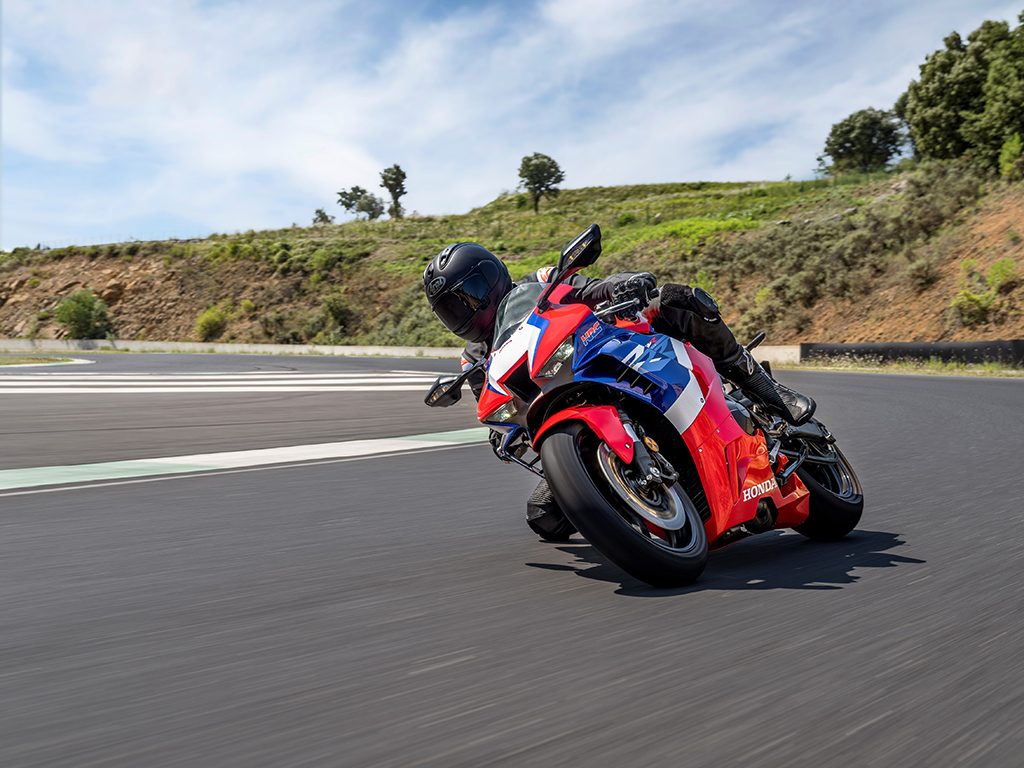
The By-Wire throttle has been fettled, for improved linearity and response on opening. And so too Honda’s TC system, for enhanced grip level and feel, matching the increased drive.
There remain three ride modes and within these the rider can adjust myriad parameters. A six-axis Inertial Measurement Unit (IMU) provides input to manage all of the electronic systems. For example, Wheelie Control maintains torque and prevents wheelies without sacrificing forward drive. There’s also rear lift control and corner brake control. Moreover, the IMU controls the action of the steering damper.
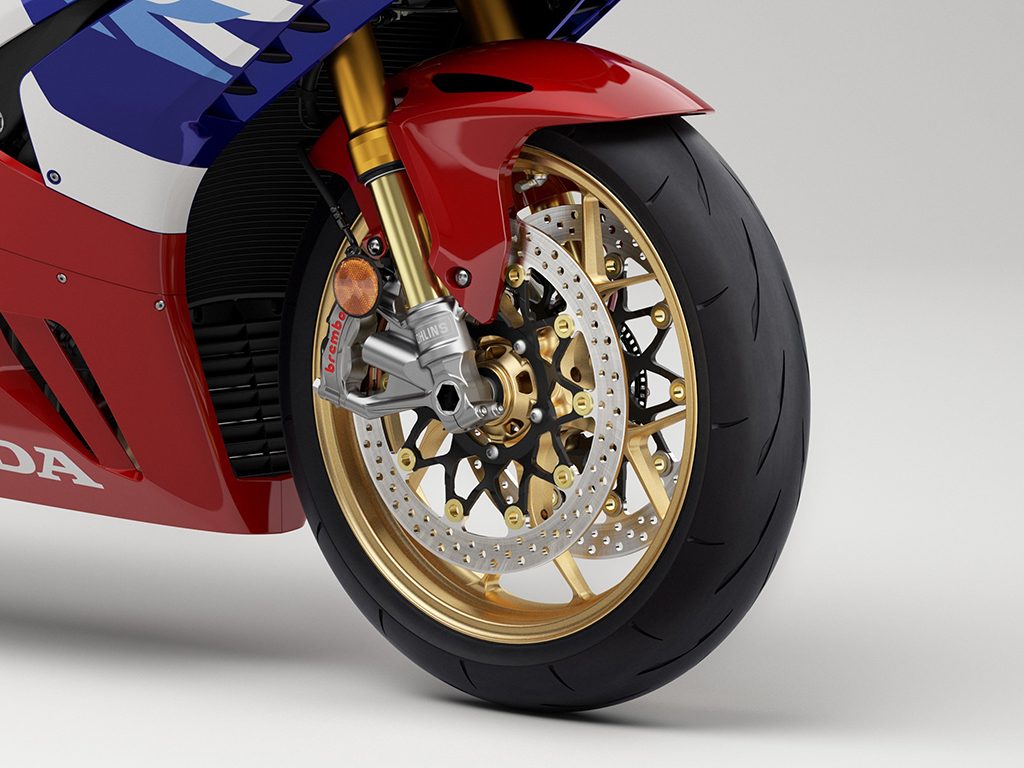
Up front are Showa 43mm Big Piston Forks and out back is a Showa Balance Free Rear Cushion Lite (BFRC-L) monoshock. Both ends are fully adjustable. The front 330mm discs are slowed by Nissin four-piston calipers and the ABS system can be buttoned back for track work.
Wheelbase increases slightly by 5mm to 460mm, and wet weight is a claimed 201kg. There’s a frontal bias of 53 per cent, while a high centre of gravity is said to improve agility in the turn. The swingarm is taken directly from the RC213V-S, again tuned to generate grip and feel. A 200/55-ZR17 tyre is fitted to the rear wheel, being either a Pirelli Diablo Supercorsa SP or Bridgestone RS11.
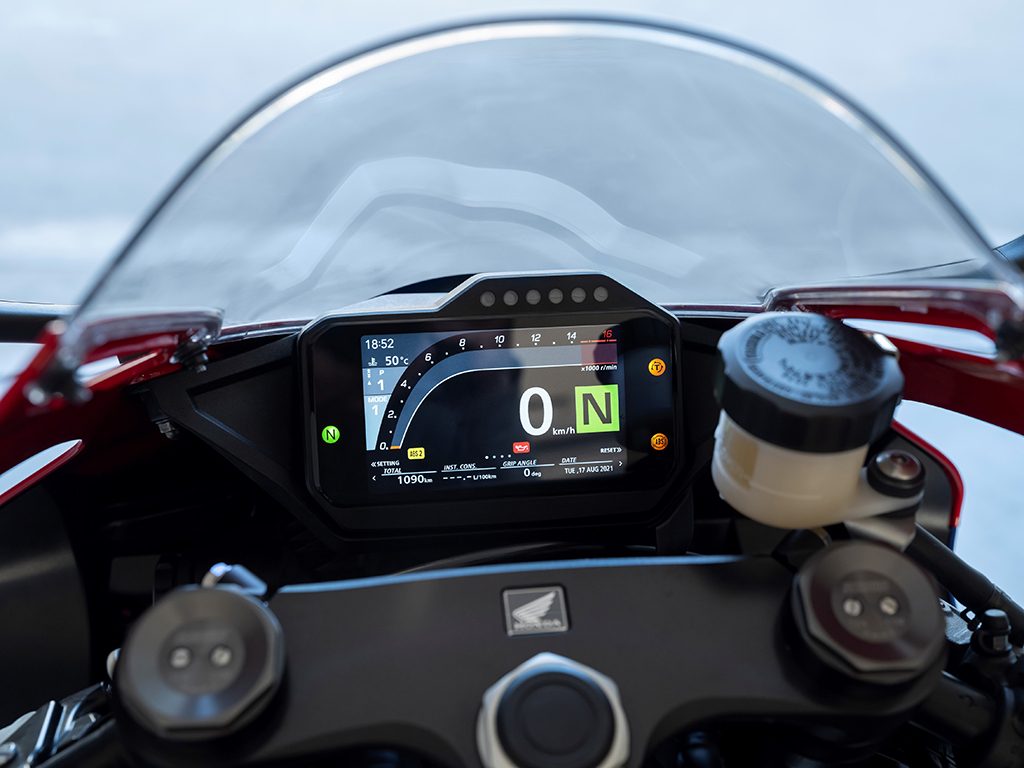
An aggressive fairing design creates what Honda says is a class-leading drag coefficient (0.27). The front mudguard is carefully shaped to minimise steering effort. Drawing on the RC213V’s aerodynamics the Fireblade has winglets to increase downforce and improve braking stability. Other features include a fully customisable 5-inch TFT display and Honda’s Smart Key system.
The CBR1000RR-R Fireblade will be available in Grand Prix Red, featuring a white front ‘number board’. A range of accessories is available including carbon parts, a quickshifter, frame sliders and the like.
